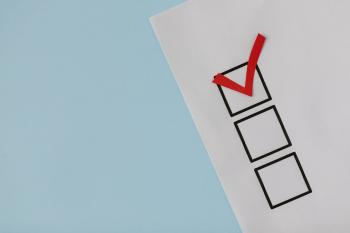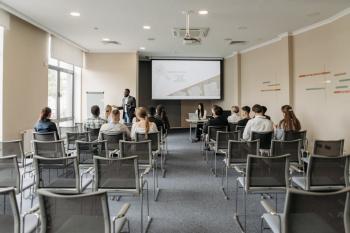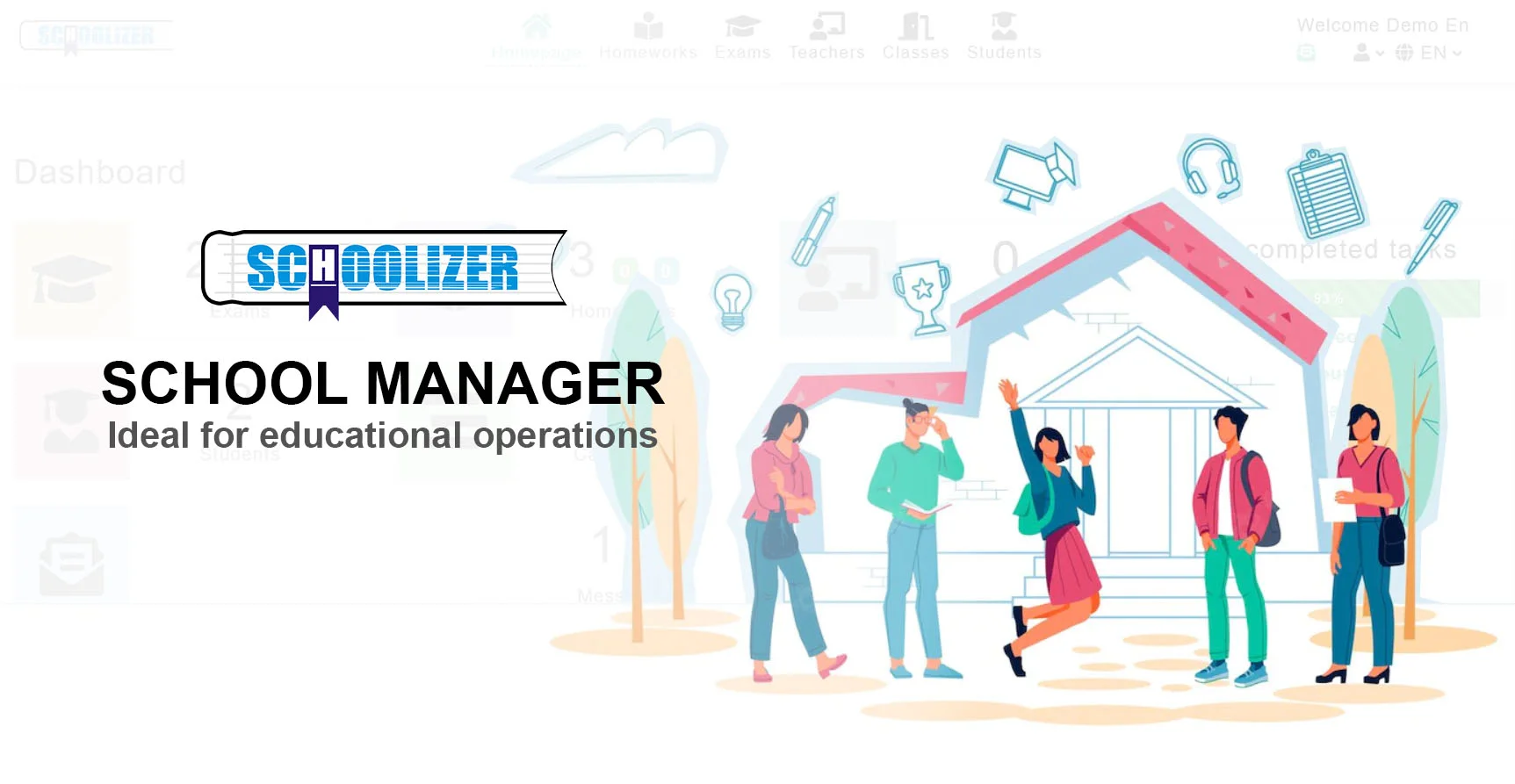Assessment Of vs. For Learning: Key Differences and Practical Applications

Assessment Of vs. For Learning: Key Differences and Practical Applications
What is the true purpose of assessment in education? Is it merely to grade students, or does it serve a deeper role in shaping the learning process? Why do educators emphasize the distinction between assessment of learning and assessment for learning? How can teachers leverage both approaches to enhance student outcomes? This article explores these questions in depth, providing clarity on these two critical assessment paradigms.
Defining Assessment Of and For Learning
Assessment of learning refers to the traditional approach where evaluations are used to measure student achievement at the end of a learning period. This often takes the form of standardized tests, final exams, or summative projects. Its primary purpose is to assign grades, certify competence, or report progress to stakeholders like parents and administrators.
In contrast, assessment for learning is an ongoing, formative process designed to provide feedback that improves teaching and learning while it's still happening. Teachers use quizzes, classroom discussions, and observations to identify gaps and adjust instruction accordingly.
A real-world example: A math teacher gives weekly mini-quizzes (assessment for learning) to identify which students struggle with fractions, then provides targeted interventions before administering the chapter test (assessment of learning).

The Fundamental Differences Between the Two Approaches
Timing and Purpose
Assessment of learning is retrospective, occurring after instruction to evaluate what was learned. Assessment for learning is prospective, happening during instruction to guide next steps.
Data Usage
Summative assessments generate data for reporting, while formative assessments generate data for immediate instructional adjustment.
Student Role
In assessment for learning, students become active participants through self-assessment and peer feedback, whereas assessment of learning typically positions them as passive recipients of evaluation.
Practical application: An English teacher uses writer's workshops (assessment for learning) where students give each other feedback on drafts before submitting final papers for grading (assessment of learning).
Why Both Assessment Types Matter in Modern Education
While assessment for learning has gained prominence in progressive pedagogy, both approaches serve essential functions:
- Accountability: Assessment of learning provides necessary documentation for institutions
- Growth: Assessment for learning fosters continuous improvement
- Balance: Together they create a comprehensive picture of student development
A real-world case study: In Finland's education system, teachers conduct frequent formative assessments while minimizing high-stakes testing, resulting in both strong learning outcomes and international recognition.

Practical Strategies for Implementing Assessment For Learning
Educators can incorporate assessment for learning through:
- Exit tickets: Brief end-of-class responses that inform next day's lesson
- Think-pair-share: Peer discussions that reveal understanding gaps
- Learning progressions: Breaking standards into smaller, assessable steps
Example: A science teacher uses concept maps at the start of a unit to assess prior knowledge, then revisits them weekly to track conceptual development.

Common Challenges and Solutions in Assessment Practices
Teachers often face obstacles when implementing balanced assessment:
- Time constraints: Solution - Integrate formative assessments seamlessly into lessons
- Grading pressures: Solution - Separate formative work from summative grading
- Student resistance: Solution - Foster a growth mindset culture
A successful approach: One school replaced some traditional homework with ungraded practice assignments accompanied by detailed feedback, leading to improved test scores.

The Future of Assessment in Education
Emerging trends are reshaping assessment practices:
- Technology integration: Digital tools enable real-time formative assessment
- Competency-based education: Focuses on mastery rather than seat time
- Portfolio assessments: Showcase growth over time through work samples
Innovative example: Some schools now use AI-powered platforms that adjust question difficulty based on student responses during assessments.







